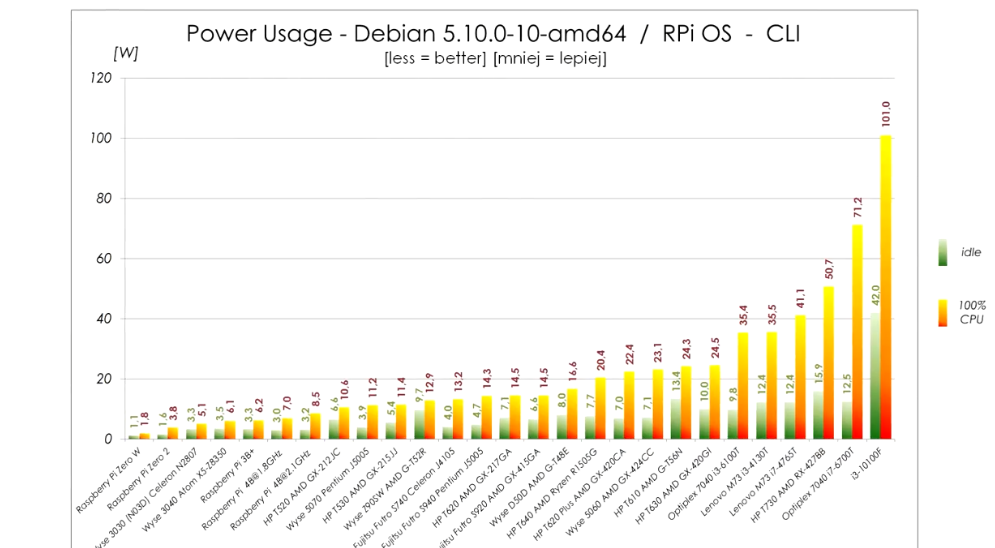Selfhosted
A place to share alternatives to popular online services that can be self-hosted without giving up privacy or locking you into a service you don't control.
Rules:
-
Be civil: we're here to support and learn from one another. Insults won't be tolerated. Flame wars are frowned upon.
-
No spam posting.
-
Posts have to be centered around self-hosting. There are other communities for discussing hardware or home computing. If it's not obvious why your post topic revolves around selfhosting, please include details to make it clear.
-
Don't duplicate the full text of your blog or github here. Just post the link for folks to click.
-
Submission headline should match the article title (don’t cherry-pick information from the title to fit your agenda).
-
No trolling.
Resources:
- selfh.st Newsletter and index of selfhosted software and apps
- awesome-selfhosted software
- awesome-sysadmin resources
- Self-Hosted Podcast from Jupiter Broadcasting
Any issues on the community? Report it using the report flag.
Questions? DM the mods!
view the rest of the comments
Thin clients based on J5005 or J4105 generally idle under 5W. (Futro S740, Wyse 5070,..) They consume a bit more when 100% loaded (11W vs 8W), but they also provide about 2x performance of Pi4.
(That article you shared is measuring power consumption on the USB port, which does not take into account overhead of USB adapter itself)
Pls, provide some proof for those numbers. The 'under 5W mark' gets often claimed but i still have not seen a valid proof (a simple measurement with a wattmeter) of it other than some spec sheet.
The overhead does not matter really. USB 5V power supplies are cheap and efficient these days, yes you need to look out for an efficient one but even one with only 50% efficiency (which is really really bad) would only add 1W to the (lower than) 2W power in idle. That would still result in lower power in idle.
Thank you. Would love to see the true idle. The difference between idle and light load is often not that high. I imagine the CPU supports virtualization?
And would also love to know some more specs of the NUC.
It has an older i3 quadcore @ 3ghz max with 16gb ram and 1tb nvme, can't remember the model number.
I think idle without any VMs or containers running is around 6.5W, so no it's not much lower.
I have a bunch of these myself and that is my experience, but don't have any screenshots now.
However there's great comparison of these thin clients if you don't mind Polish: https://www.youtube.com/watch?v=DLRplLPdd3Q
Just the relevant screens to save you some time:
Power usage:
Cinebench multi core:
The power usage in idle is within 2W from Pi 4 and the performance is about double compared to overclocked Pi 4. It's really quite viable alternative unless you need really small device. The only alternative size-wise is slightly bigger WYSE 3040, but that one has x5-z8350 CPU, which sits somewhere between Pi3B+ and Pi4 performance-wise. It is also very low power though and if you don't need that much CPU it is also very viable replacement. (these can be easily bought for about €60 on eBay, or cheaper if you shop around)
Also each W of extra idle power is about 9kWh extra consumed. Even if you paid 50c/kWh (which would be more than I've ever seen) that's €5 per year extra. So I wouldn't lose my sleep over 2W more or less. Prices here are high, 9kWh/y is rounding error.
Here is an alternative Piped link(s):
https://www.piped.video/watch?v=DLRplLPdd3Q
Piped is a privacy-respecting open-source alternative frontend to YouTube.
I'm open-source; check me out at GitHub.
"Could not fetch embedded watch page"